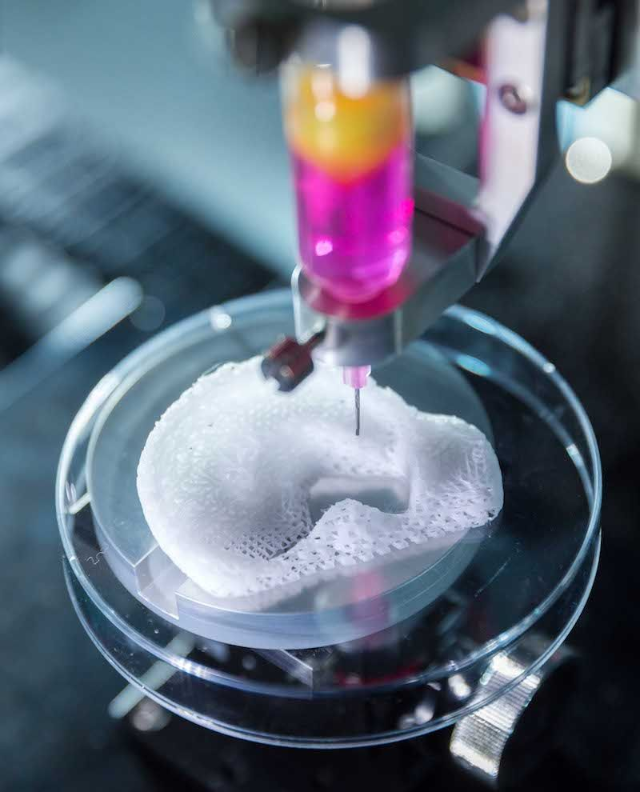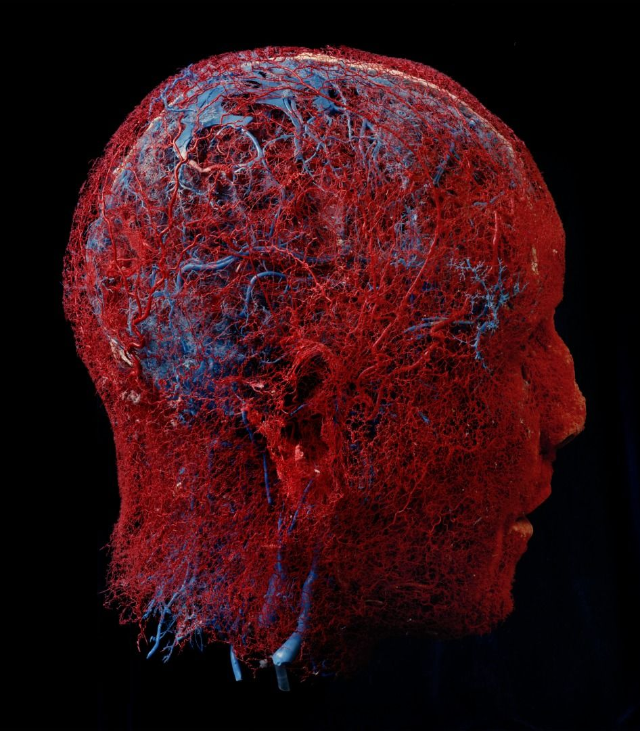IF YOU DUPLICATED YOUR BODY, WOULD YOU STILL BE YOU? (1)
Eternal life as a reprintable digital model would be great ... right?
The Cortex Intelligent Machines Mark 9A Full Body Printer
A key idea for the entire Cortex series exploded into my head a week after I lost my job. I was having lunch with my good friend Mark, and he was suggesting architectural jobs I could apply for. I kept saying that I wanted to write a sci-fi novel instead. Each time he looked at me like the total idiot I am.
“What’s it going to be about then?” he asked at last.
“It’s about people who get scanned into computers and transmitted out into the solar system, where they are reprinted on other planets as new people,” I said.
It came out of nowhere, just like that. Perhaps my angst at my recent unemployment had forged the idea down in my subconscious, or maybe it was just the desire to run away from the difficult time I was having. What better way to avoid your problems than to move to another planet?
I had been obliquely following the development of organic printing for a while. My brother is a successful scientist in Boston, and he’d often mentioned it; meanwhile, the 3D printing of physical objects had become the hot new thing in architecture*, so the idea just popped into my head.
Back at home I thought about this in some detail (it was more fun than checking my bank balance or, you know, actually looking for a job), and I read everything I could about “3D bioprinting,” which is the correct term for organic printing.
Current bioprinting uses 3D printing techniques to combine cells, growth factors, and biomaterials together to create tissue-like structures that imitate natural tissues. It works similarly to conventional 3D printing (i.e., a digital model becomes a physical 3D object layer by layer), and the process has three steps:
1. Pre-bioprinting: Creating the digital model that the printer will produce (in the Cortex series this is done with body scanners; my next email will cover those in detail).
Via Regen HU Bioprinting Software.
2. Bioprinting: Bioink (a liquid mixture that contains living cells; a compatible base, like collagen or gelatin; a matrix to provide the cells with “scaffolding” to grow on; and nutrients to maintain health) is placed in a printer cartridge and deposited layer by layer to build up the physical model. Each layer has a thickness of 0.5mm or less.
3. Post-bioprinting: The stimulation of printed parts to create a stable structure. Each layer starts as a viscous liquid, then solidifies to hold its shape. The process of blending and solidification is known as crosslinking and may be aided by UV light, specific chemicals, or heat.
So that's the basics, on the next page we'll delve into some real cool stuff: the actual print machines, and why King-Tut would recognize them for what they are . . .



